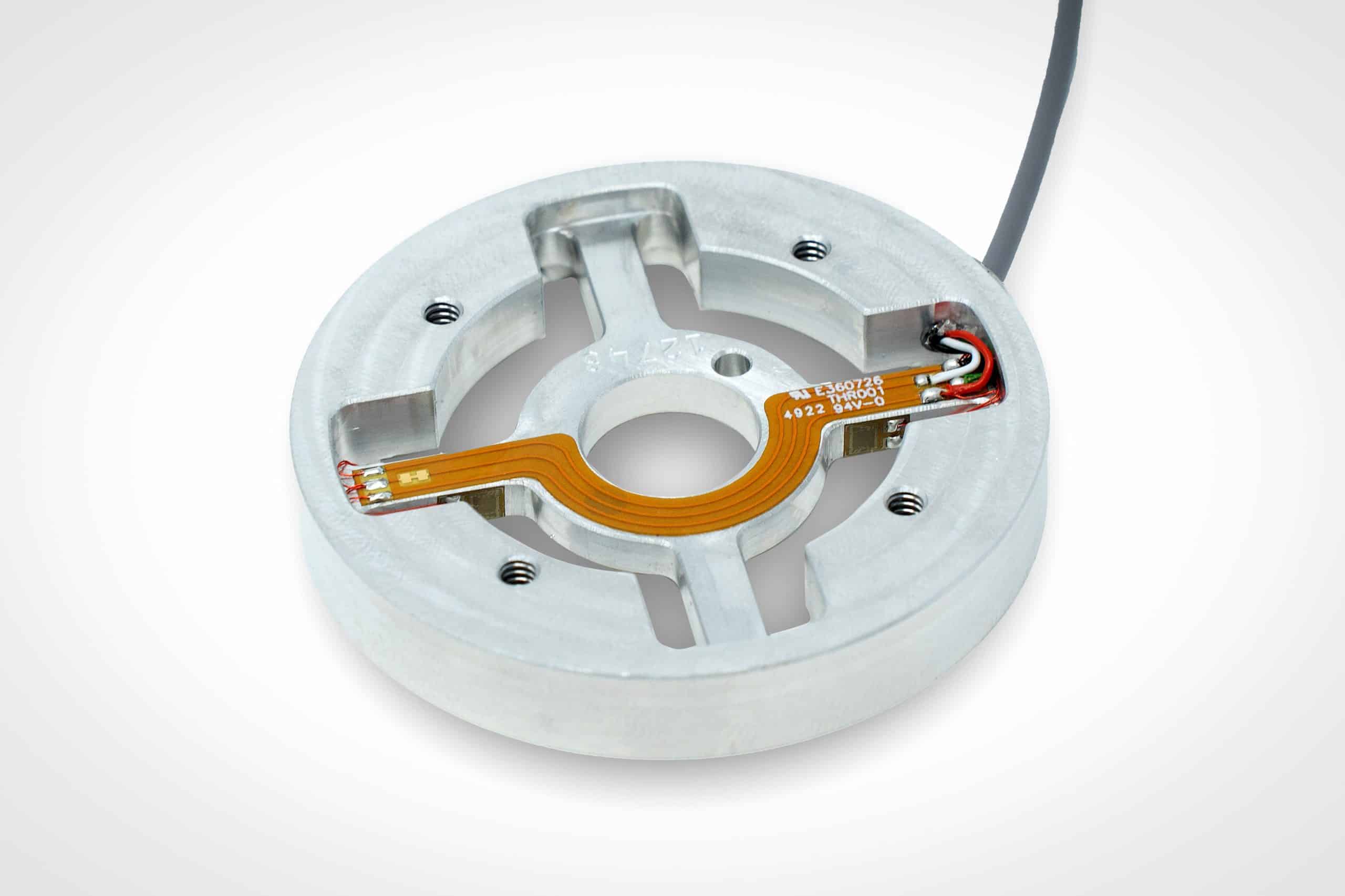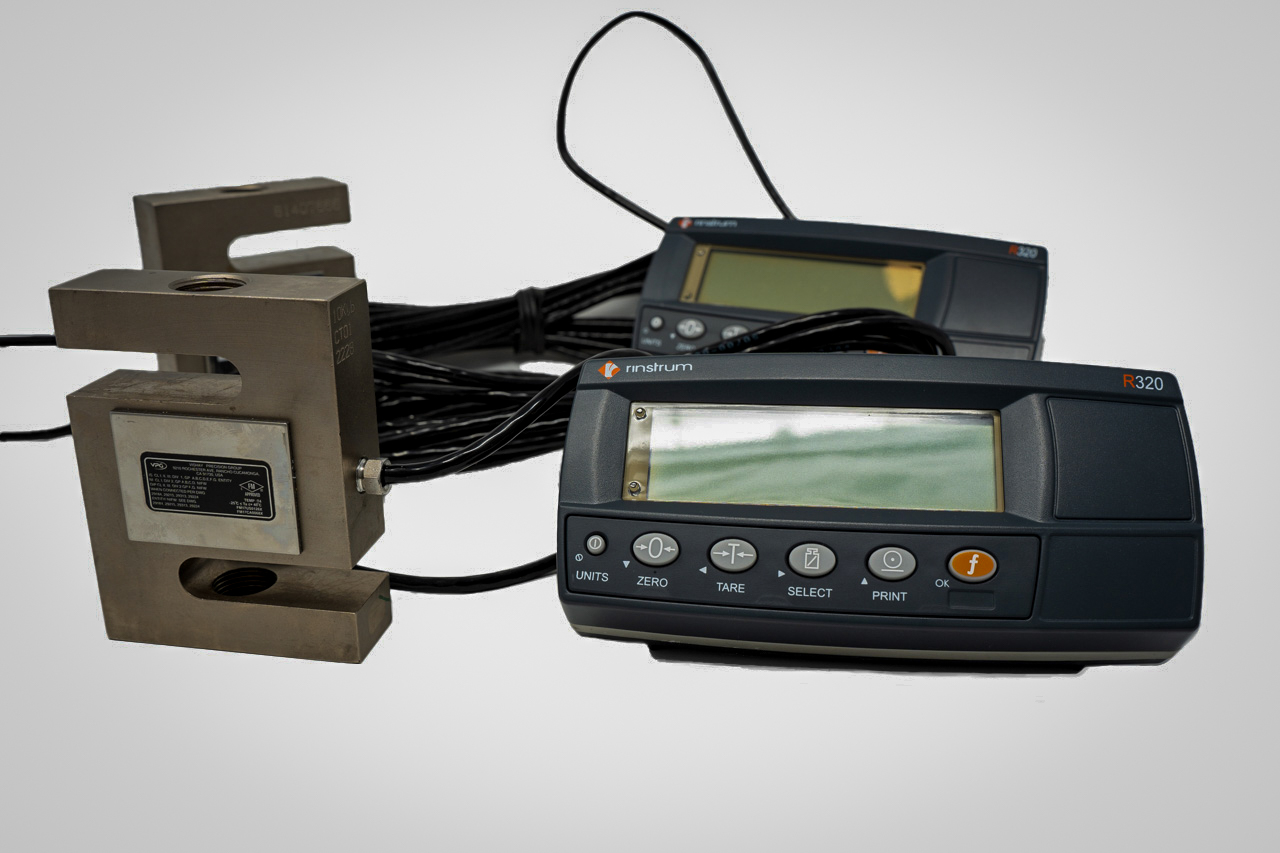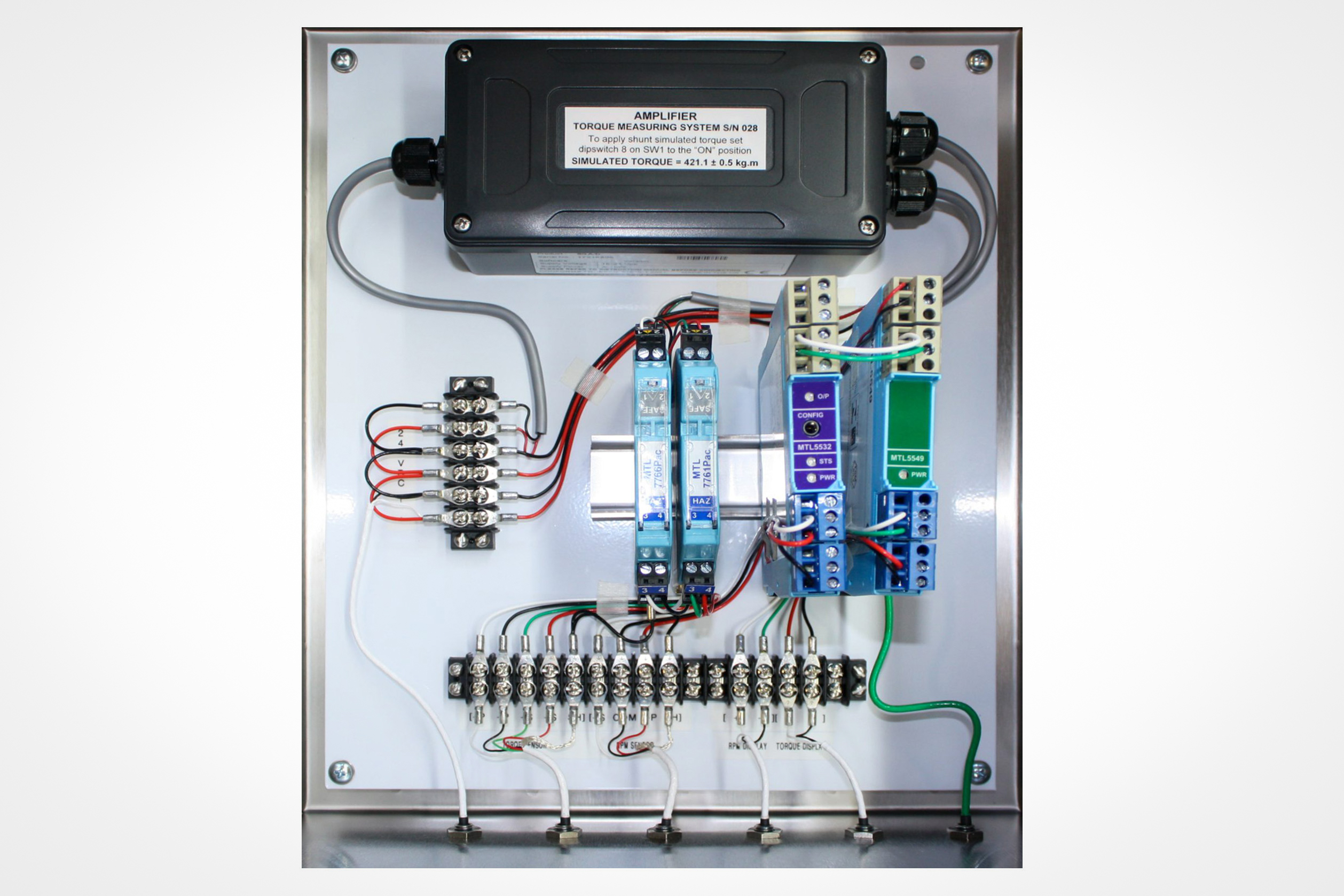Waterproofing and Corrosion Resistance for Underwater Load Cells and Torque Sensors
Industry Insights
Defending Against the Deep
Designing sensors for subsea environments presents a unique set of challenges—corrosion, pressure, and moisture can all compromise performance over time. To ensure reliability in harsh underwater applications, advanced waterproofing methods and corrosion-resistant treatments are essential for protecting both underwater load cells and underwater torque sensors.
Material Selection Matters
The foundation of any corrosion-resistant sensor begins with the right materials. Marine-grade stainless steel, titanium, and specialized alloys are often selected for their natural resistance to rust and deterioration. These materials are not only durable but also capable of withstanding the immense pressures found at various ocean depths.
Seamless Sealing and Waterproofing
Effective sealing is crucial to keeping moisture out. Load cells and torque sensors are typically encapsulated using epoxy or hermetically sealed using welded stainless steel enclosures. Waterproof connectors and cables further ensure that no ingress of water compromises internal electronics. This type of protection is vital for long-term deployment in oceanographic research, offshore oil and gas operations, and subsea robotics.
The Role of Citric Acid Passivation
Even stainless steel can benefit from added protection. One of the most effective treatments to enhance corrosion resistance is citric acid passivation. What is passivation? This process removes free iron and other contaminants from the metal surface while forming a passive oxide layer that greatly improves resistance to rust and chemical attack. The passivation of stainless steel with citric acid is an ideal finishing step for components that will face continuous exposure to seawater.
Real-World Applications
In real-world conditions, underwater load cells and underwater torque sensors must perform flawlessly for extended periods. Whether monitoring tension in subsea mooring systems, measuring hydraulic force on remotely operated vehicles (ROVs), or capturing torque in deep-sea drilling equipment, waterproofing and corrosion resistance are mission-critical. With proper design, sealing, and surface treatment—including citric acid passivation—these sensors can maintain precision and functionality in even the most unforgiving environments.
Conclusion
Protecting sensors from the elements isn’t just about performance—it’s about safety, longevity, and accuracy. By combining smart material choices, robust sealing techniques, and corrosion-fighting treatments like citric acid passivation, engineers can ensure that critical force and torque measurements remain reliable in the depths of the sea.
Precision Measurement Products
Load Cells
Torque Sensors
Complete solutions for all torque transducer measurement applications. We offer “Custom Off the Shelf” units by matching the required application to our existing designs.




